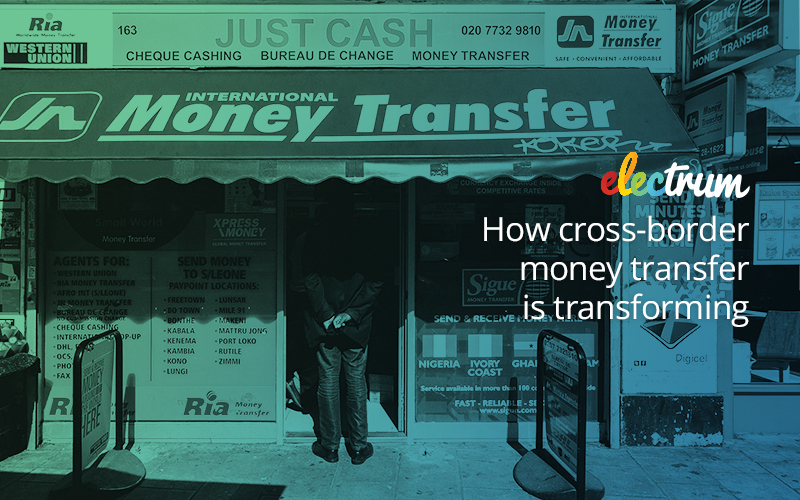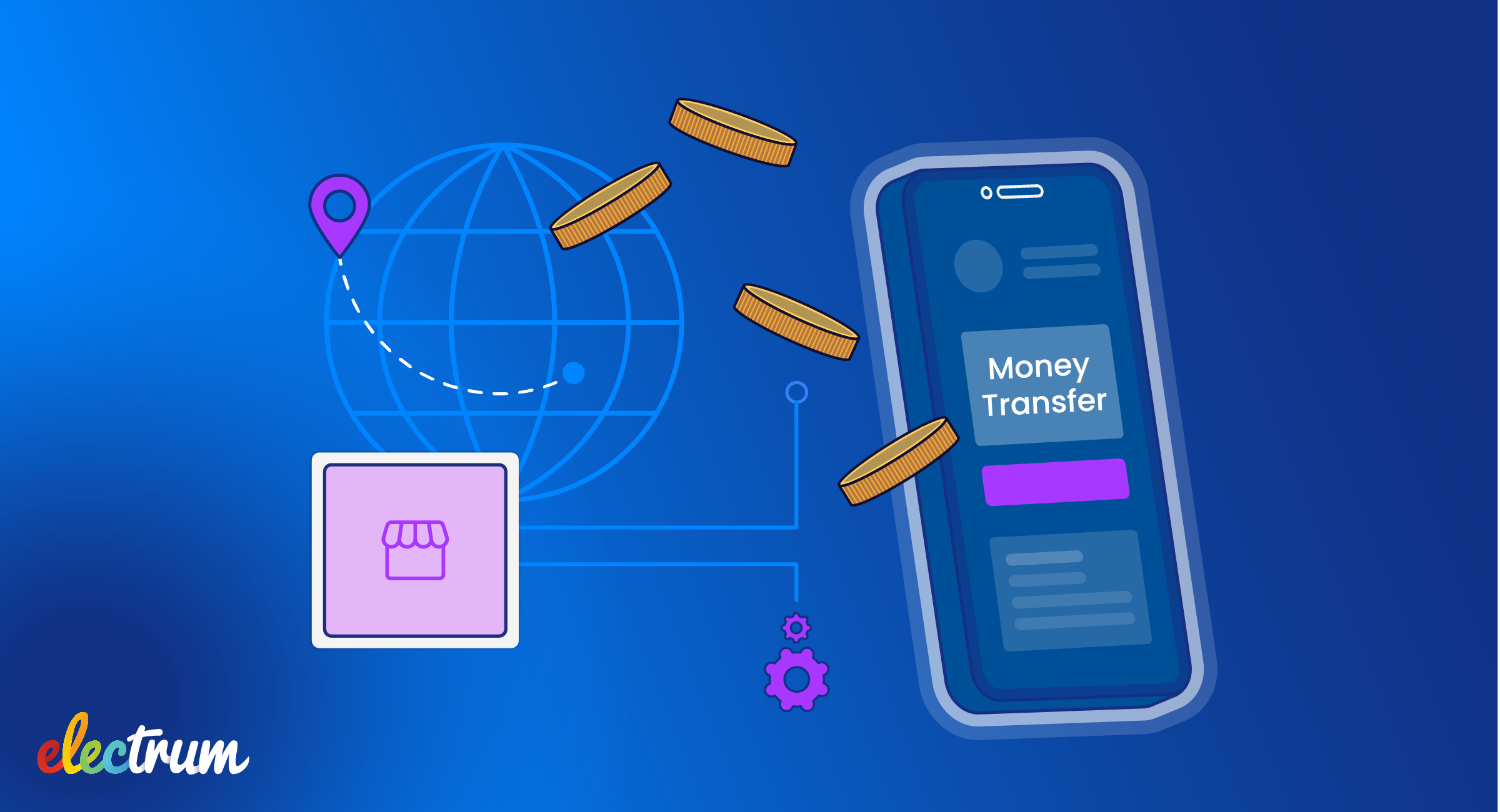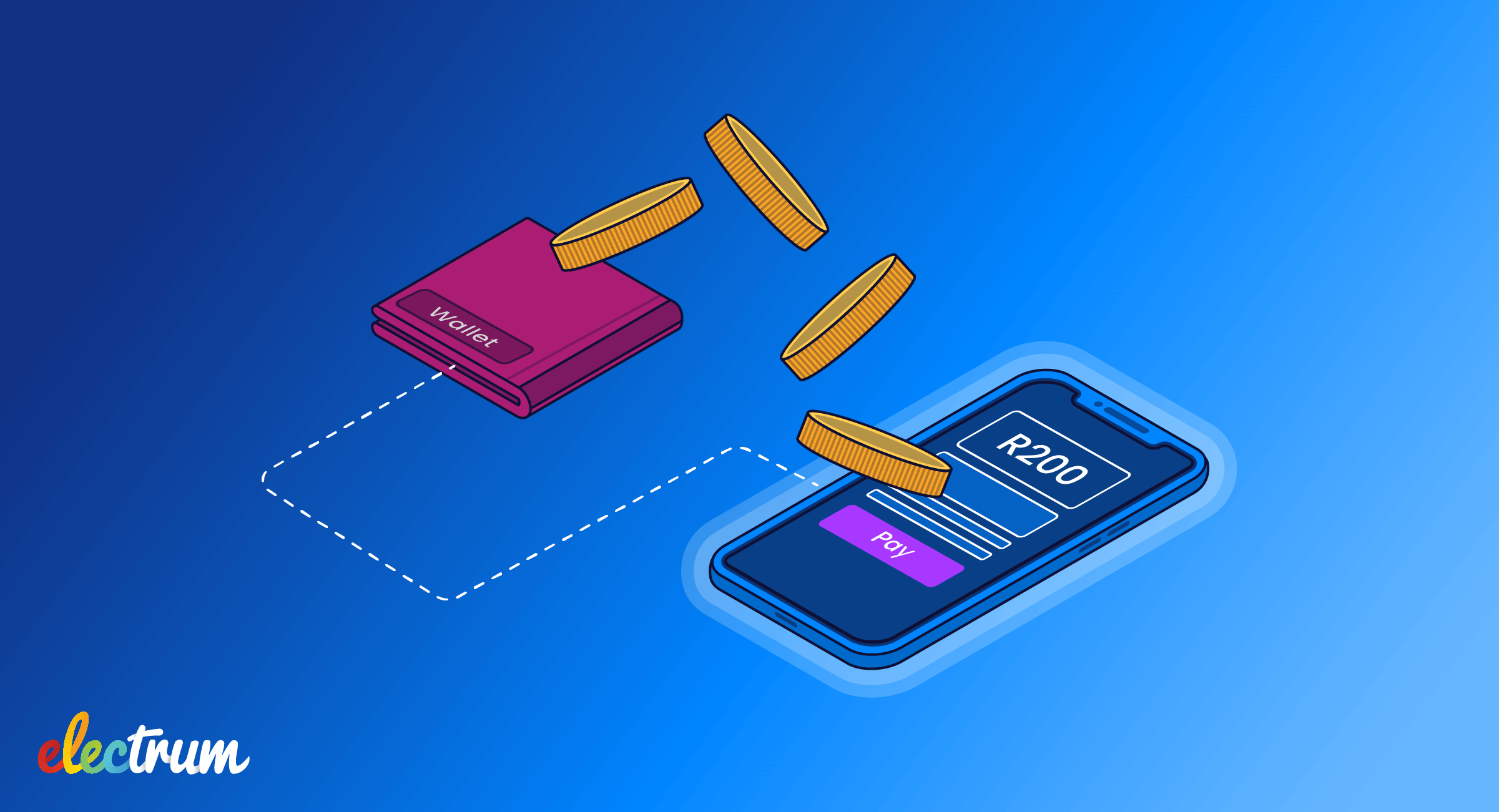
Falling transaction costs, rising competition – there are big changes in the world of cross-border money transfer. We look at the factors at play, and the potential at hand.
Sub-Saharan Africa accounts for 20% of global remittance flows but bears the highest costs for these transactions on the planet. Now a combination of factors is set to change the situation for the better.
After years of stasis, South Africa has seen a flurry of new entrants in the international money transfer market. Despite the increased competition, cross-border money transfer represents both a lucrative source of income for businesses who provide it, and a valuable offering in a bouquet of services for their customer base.
Who uses remittances?
South Africa has a high number of migrant workers within our borders, predominantly from Zimbabwe, Mozambique and Lesotho. While estimates vary, it’s safe to say there are well over 3 million migrants in South Africa, whose cross-border remittances add up to over $1.3 billion annually (2017 stats). The World Bank stresses the importance of these cross-border transfers in alleviating poverty, improving nutritional and educational outcomes and reducing child labour.
A snapshot of cross-border money transfer taken from the very recent past would reveal that almost 70% of transfers to SADC countries are done ‘offline’, using physical agents. Despite the risks of theft and loss involved, this method has been preferred primarily because of the costs of using formal channels. In fact, the cost of sending remittances from South Africa was said to be the highest in the world, averaging about 9%.
But the practice is going through some radical changes, opening up opportunities for both migrant workers and new operators. Let’s examine a few of the factors at play:
Increased digitisation
You only need to look at the growth in smartphone penetration in South African to realise how fast our society accepts new technology. By 2018, almost 40% of the population was using a smartphone, with mobile wallets, contactless QR code payments and other digital transactions seeing an increase in use. There’s a higher expectation from the public for a wide range of fast, safe, affordable financial services, and an increased appetite from a variety of businesses to offer them.
Regulatory support
In recent years, government policy and the regulatory framework have changed to open up a formerly concentrated industry. Four major banks (ABSA, Capitec, Standard Bank and Bidvest Bank) compete with traditional MTOs (Money Transfer Operators) like Western Union and MoneyGram. New MTOs include Electrum client Mama Money, Hello Paisa, Mukuru and Exchange4Free. Finally, retailers Shoprite, PEP, Pick n Pay and SPAR are getting in on the action, too.
Increased competition
The increased competition from these new entrants has been driving prices lower. New, smaller MTOs are charging minimal fees of not more than 5% of the transaction amount, which has increased their market share considerably. This is certainly going to contribute to their increased use over informal transfer methods in the future. Besides price, operators are beginning to compete on speed, transparency of costs, assurances of trustworthiness, promotional offers and technological features
How is COVID changing things?
The economic crisis precipitated by the COVID-19 pandemic is expected to bring about a 23.1% decline in remittances in sub-Saharan Africa in 2020, with a recovery of 4% in 2021. On the other hand, the pandemic may accelerate the uptake of digital methods of money transfer. A study by MasterCard suggests that 75% of South Africans were using contactless payments, and 69% preferred this method of payment. While the study focused on affluent customers, other commentators share our view that an accelerated acceptance of new financial technologies is taking place across all sectors of society.
What can a business gain from offering money transfer?
Banks and MTOs are expanding their product offerings in both internal and cross-border remittance services. By implementing the right kind of systems, they can integrate with retailers to accept pay-ins and cash-outs, offering their customers real convenience. Meanwhile, for retailers, cross-border money transfer offers a route to grow transactional revenue through a new service. There’s also the additional benefit of increased footfall with customers on both sides of the transaction.
Falling transaction costs and rising technology usage are sure to drive an increase in cross-border money transfer through formal methods. That will be good news for financial inclusion, and good news for businesses who are open to offering a safe, seamless, innovative service to their customers.
If you’d like to integrate a cross-border money transfer that creates value for your business and your customers, talk to us.
Electrum Software
Electrum is the next-generation payments software company, powering payments for banks and retailers. Since 2012, we have established ourselves as a respected software partner through our deep expertise and track record in delivering trusted cloud-native payments solutions.
Electrum Newsletter
Quarterly insights and news to help you keep up with the latest changes in the payments landscape







